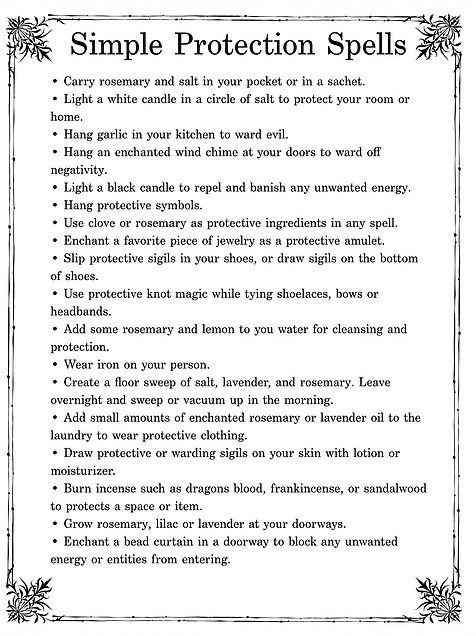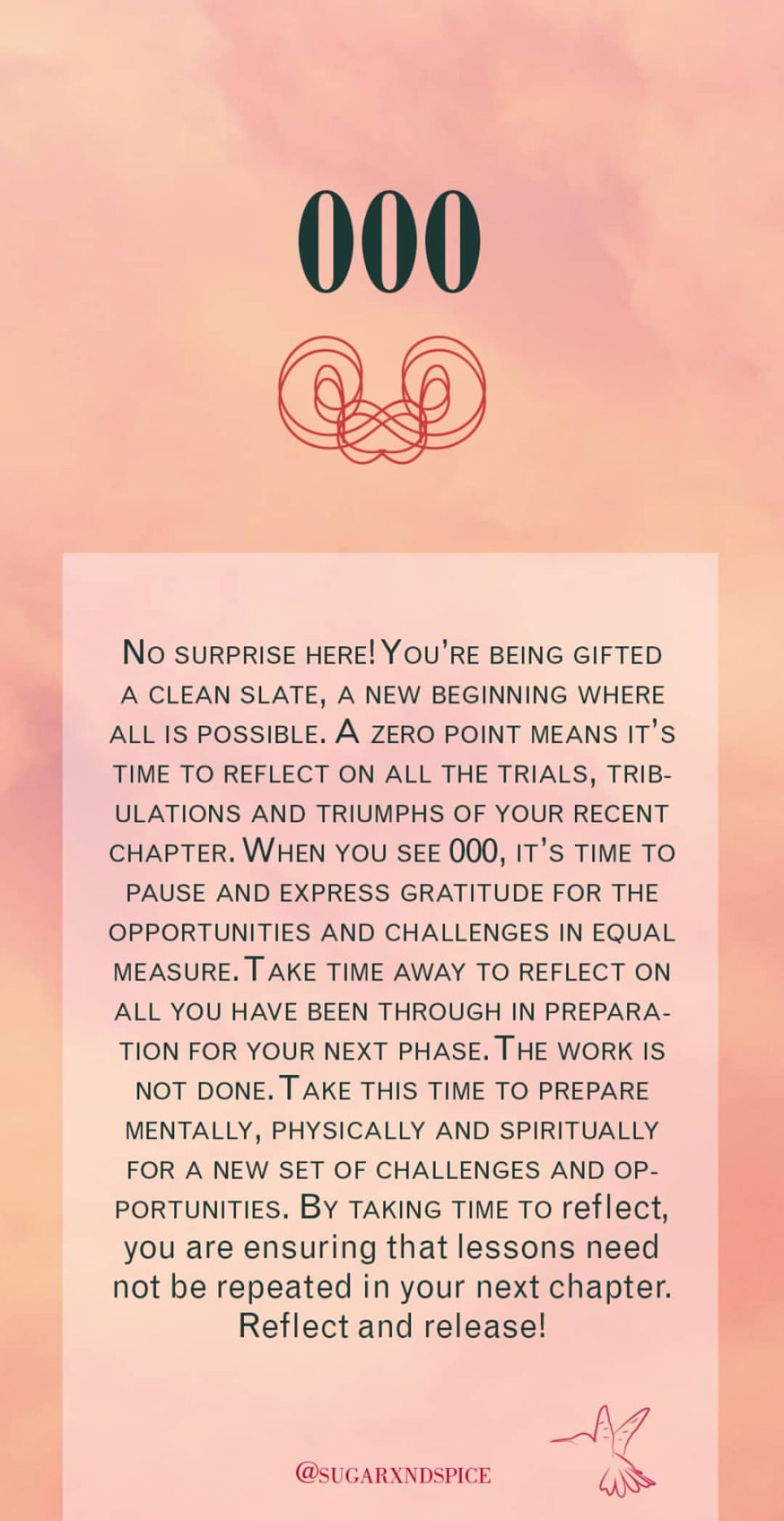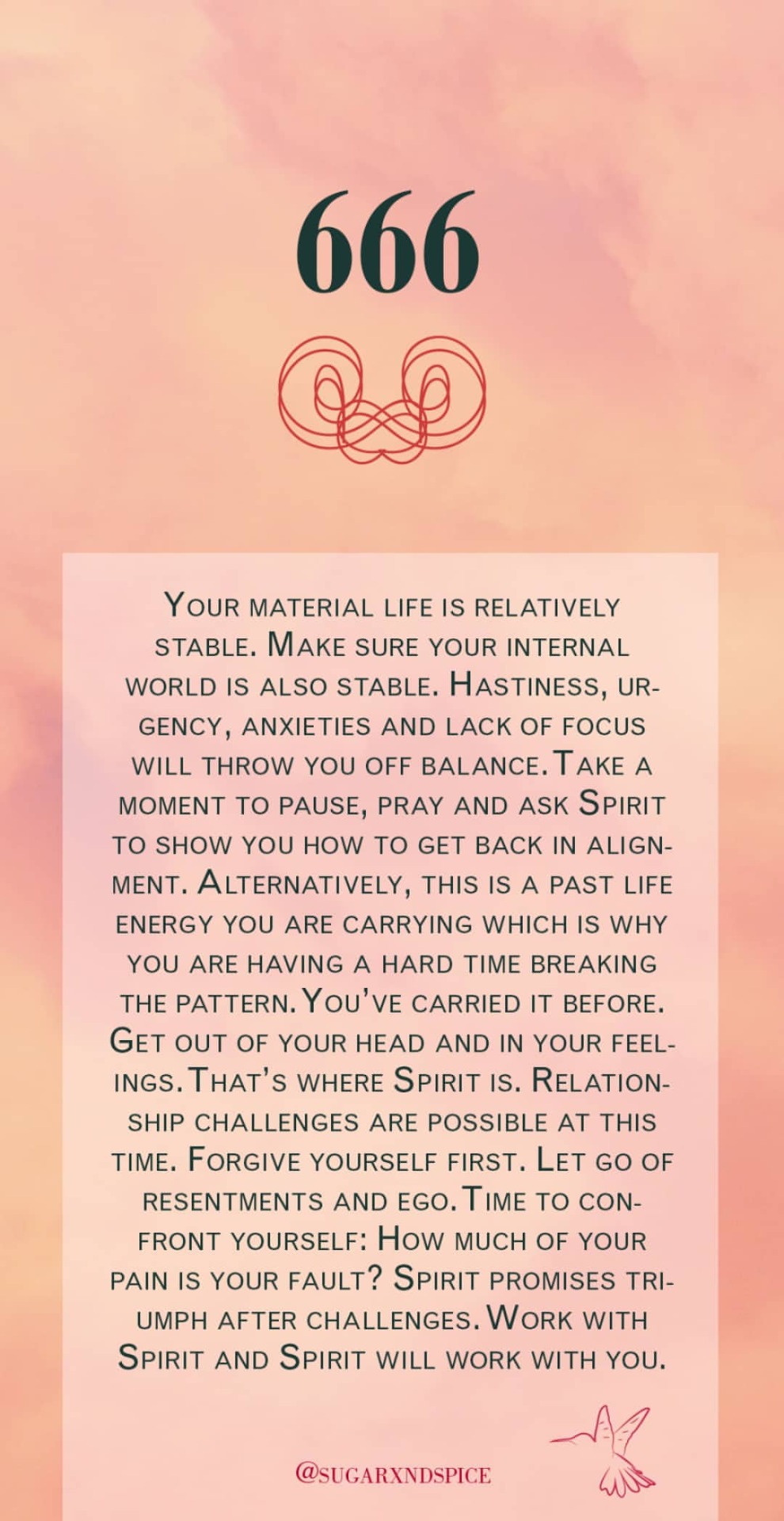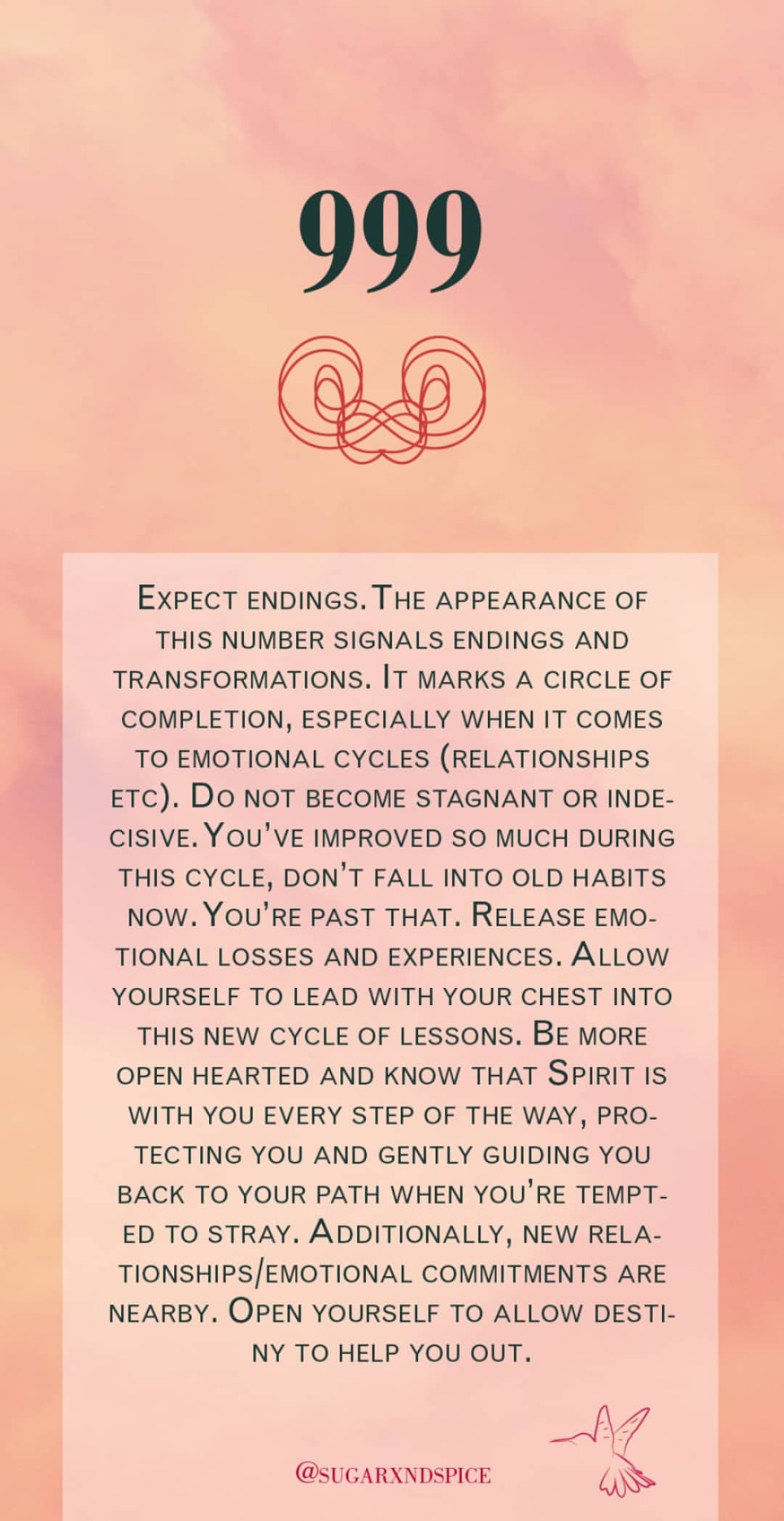Die Linde.
Die Linde.
"Ein echt gemeingermanischer Baum ist ferner die Linde,
tilia [= Bienenfreundin, Silberlinde in Mazedonien] althochdeutsch. linta, die namentlich der altgermanische Krieger für seinen Schild verwertete und die das bauende Volk besonders wegen ihres Honigduftes hochschätzte.
„Linde, du einziger Baum, Dich grüßt wohl selbst der Blinde, Der deinen Namen nie im Traum Vernommen, noch als Linde“.
(F. Hebbel.)
Das Volk hatte für den die honigliefernden Bienen anziehenden Lindenbaum stets eine besondere Verehrung; denn der Honig, der mit der reicheren Lindenblüte noch reichlicher floß, war eine besondere Leckerspeise, mit der man die Totengeister versöhnen konnte. Kein Wunder, wenn auch der Lindenbaum wie ein Speisenbaum zum „heiligen Baume“ wurde, dessen Heilkraft noch heute populär ist."
Quellen und Forschungen zur Deutschen Volkskunde, Max Höfler, 1908.
More Posts from Forestwitchnika and Others
Mōdraniht
or Modranicht, “Night of the Mothers”, was a holy day observed by the pagan Anglo Saxons.

According to Bede, it was celebrated “the year on the 8th calends of January, when we celebrate the birth of the Lord.”, which would have been Christmas, or most likely, the December full moon. Bede suspected sacrifices were held on this night.
One possibility is it may have been the Anglo Saxon equivalent of Dísablót, which was held before Jól in Scandinavia. It’s likely that it was connected to the worship of the Matres and Matronae (Mothers and Matrons).
The Matres and Matronae are known from several altars across England, Germany and France, depicting three women; reminiscent of the Norns. Several altars depict them with headdresses characteristic of the Ubii, a Germanic tribe that lived along the Rhine, pointing to a Romano-Germanic origin. A few altars are inscribed with “Matronis Gabiabus”, the “giving mothers”. This also fits with Old Norse Gefn, an epithet of Freyja, meaning “She who gives”, and Gefjon.
A few of these altars appeared in Roman camps, and one near Hadrian’s Wall, possibly made by Germanic auxiliaries. Their placement around military sites suggests that the Mothers were not mere fertility deities, but also protectors, spinning the fates of the soldiers.
Three goddesses ruling fate is recurring in Indo European religions; for example, the Norns, the Moirai, Parcae, Hekate, and the Sudička.
The Slavic Sudička and Greek Moirai spin a thread as they foretell the child’s life, cutting it when the life will end. New parents would leave out offerings of food for the Sudička, hoping they would make favourable predictions.
While Mōdraniht is a more challenging one to recreate due to fragmentary knowledge, it can still be observed today. ᛉ
Key Herbs for your Craft
Here are some really basic herbs for your magic workings :
Sage - Cleansing (properties : purification, wisdom, immortality)
Lavender - Calming (properties : love, healing, sleep, dreams, divination)
Rose - Opening (properties : psychic awareness, opening the heart, love)
Eucalyptus - Inspiration (properties : healing, protection, purification, invigorating)
Bay Leaves - Divination (properties : psychic powers, success, money)
Cardamom - Arousal (properties : lust, sexuality, reigniting intimacy)
Rosemary - Focus (properties : mental powers, banishing, purification, protection)
Bergamot - Increasing (properties : manifestation, wealth, success, prosperity, adds power to magic)
Oats - Grounding (properties : wealth, abundance, prosperity)
Dandelion - Releasing (properties : divination, wishes, summoning spirits, releasing)
Yarrow - Banishing (properties : banishing, death, courage, psychic powers)
Cloves - Luck (properties : driving away negativity, cleansing, prosperity)

Learning alchemical correspondences

What’s neat about alchemy is that if you know a little about it, you can immediately apply the knowledge because so many magical, scientific and other disciplines were and still are built on basic alchemical principles. This isn’t about whether or not alchemy is right or wrong, just about its place in the evolution of our thought and art and sciences. You will it everywhere because it’s been around… and knowing how to read its tracks will help you understand a lot of things!
For instance, the shorthand of alchemy is used a lot in many places in magic and history. You can find it in heraldry, where it also bridges into the history of important aristocratic houses, and you will find it in chemistry, where it defines our earliest understandings of the behavior of metals and materials. You will especially find it in descriptions and charts dealing with spirits and magical ingredients, or names and descriptions of magical items.
So, here is a list of seven things you can look for that will give you alchemical knowledge about whatever subject is referencing alchemy. If you’re researching historical subjects, it’s especially useful because the further in the past you go, the more you’ll find people depending on alchemical knowledge, because at one time it was all we had. If you understand the thinking of the writers, you can understand their writing more, and find hidden references. You’ll also be more likely to pick up on the things they forgot to explain because they assumed some knowledge would be common to the everyday reader that no longer is. And you’ll know that if a ritual is supposed to be on a certain day of the week, and it asks for iron tools and red decor, you’ll be doing it on a Tuesday, and you’ll know that because you’ll know how to recognize Mars in a ritual.
I’m going to identify the metal, the day of the week, and the color. I say ‘color of decor’ to mean altar cloths, text color, colors of flowers and gems… etc. I’ve listed the colors I’ve often found “in the wild” in different correspondence charts and magical systems–it’s usually determined by what ink colors the author/culture had at their disposal, so don’t stress yourself out on getting it perfect. Once you have these basic correspondences down, you’ll be able to find many more.
Gold
Gold is the metal of the Sun. Sunday is the day that corresponds. The color of decor can vary from yellow to white to gold, depending on the constraints of your palette.
(Since Venus is copper, sometimes your palette’s limits may mean that the Sun is white, Venus is yellow, etc. You’ll find similar behavior with Mercury’s color associations.)
Quicksilver
Quicksilver is the metal of Mercury. Wednesday is the day that corresponds. The color of decor can vary–grey or silver or iridescent is typical, with some way that it is contrasted from the Moon.
(By the way, if you need a shortcut for remembering days of the week and which correspond to which metal, just look at them in French! Here’s a table.)
Iron
Iron is the metal of Mars. Tuesday is the day that corresponds. (Mardi Gras is always on a Tuesday!) The color of decor will be red. Iron is what makes dyes and paints–and blood–red, in fact.
Silver
Silver is the metal of the Moon. Monday is the day that corresponds. The color of decor will be silver or blue, depending on your palette’s constraints, and there’s the option of using white if the Sun isn’t doing that.
Copper
Copper is the metal of Venus. Friday is the day that corresponds. The color of decor will be copper or orange–gold/brass will work if it doesn’t conflict with other planets. (This last part only refers to the color brass. If you use the metal brass instead of copper, that can create conflicts, so be aware of that.)
Tin
Tin is the metal of Jupiter, so put on your tinfoil hat. Thursday is the day that corresponds. The color of decor will typically be green for Jupiter, which gives you a real break from having to find yet another shade of grey or silver in this system.
Lead
Lead is the metal of Saturn. Saturday is the corresponding day. The color of decor should be black or a dark color like purple, just goth it right the heck up.

This is why magicians end up keeping so many correspondence charts–you can find plenty of associations to add with just this basic set of information to start from, I’m sure, and every magician has their set of correspondences they prefer. You’ll find various systems that build on or copy off of this system, or that modify and mutate it. From it, you can also see the structures that make up a base foundation for a creative, scientific and magical system. If you’re interested in rolling your own, then this is a good place to start studying!
Tips for the Cheap Witch: Rune Stones

Really simple way to get started with runestones!
Just buy some glass beads from the dollar store (where I bought them), Walmart, Michaels,
They should be fairly large, mine are a bit larger than my thumb (and I would’ve liked a little larger), and have a flat bottom.
Then take a sharpie to em and write each rune on them!
For the best look write the runes backwards so the rounded top is facing the right way
Here are all the runes mirrored!

Once you have them all sharpied put a layer of clear nail polish top coat so they don’t rub off, and there you are!
Sónargöltr: the Yule Boar.


One historical Yule practice was, a boar would be led into the hall, and the people would lay their hands on it and publicly swear solemn oaths for the year ahead, known as heitstrenging, after which it was sacrificed and eaten. It was connected with the worship of Freyr, hence the boar.
This practice is attested in the Hervarar Saga ok Heiðreks; every year, King Heiðrekr would sacrifice the largest boar he could find to Freyr on the eve of Yule. Beforehand, his men would lay their hands on its bristles and take oaths. Heiðrekr vowed to let any man go who could defeat him in a riddle contest; a vow he later breaks in the Saga when Odin defeats him and he strikes at him with his sword, and he dies shortly after.
It is also attested in the Helgakviða Hjörvarðssonar, wherein King Hjörvarðr’s men swear oaths on a sacred boar at the king’s Yule feast, and Héðinn vows to marry Sváfa.
We see a similar practice today in one form of Hindu Puja, where a coconut is used in place of a sacrificial animal.
In the later Middle Ages, an enduring tradition was serving a boar’s head at Christmas feasts; Jacob Grimm believed this may have been a holdover from the ancient sacrifices, wherein the head would often be severed.
While some of you may (understandably) not want to get and sacrifice a live boar, one day this winter, this could be observed with a ceremonial feast (maybe a ham?) and an offering to Freyr, and by making vows for the year ahead. ᛝ
In the Middle Ages, the Feast of Saint Stephen took the place of Sónargöltr on December 26th, where a boar’s head would be served. Saint Stephen allegedly raised six people from the dead, which may have lead to an association with Freyr, and his roles in renewal and rebirth, and as a keeper of the dead. ᛝ

Via https://t.me/sagnamadr

Liminal Spaces in Witchcraft

First of all, what is a liminal space? A liminal space refers to a place or time that is in a period of transition between two phases. These are usually places where reality feels altered because you are neither moving forward or backward, like a rest stop. The word liminal originates from the Latin word limens, meaning threshold. These places often give off a sense that time stands still and that you are experiencing some sort of reality shift.
In magic and witchcraft these spaces are considered to be the boundary between our world and the other, it is known as “the in-between”. These places are considered areas of great magic because it is believed this is where the veil is thin. These places are great for divination, spirit work, meditation and astral travel; they are ideal for hedge witchcraft.
Times & Spaces of Liminality:
crossroads manmade or natural
river, creek or lake shores/ beaches
hallway/corridor/stairwells/landings/doorways
graveyards
dawn, dusk, afternoon, midnight
valleys
forest glades
many more!
Samhain/Halloween is considered the best time to communicate with spirits and faeries because of its liminality, it is a time of transition between autumn and winter. Irish folklore tells that this is the day faeries and ghosts come out to play because of the veil thinning. The equinoxes and sabbats like Beltane and Imbolc are also days of liminality because the time of day and night are equal (equinoxes) or it is a transition between seasons.
Mental states of liminality are also times of spirit communication. While being in a meditative state we are in a state of transition between our concious and sub-concious minds, this is where we sometimes experience astral projection or messages from spirits. People often experience spirit while falling asleep because this is another state of liminality.
In my craft I often practice in liminality in order to connect with the faerie realms.
-Moonlight 🌙
Methods for Spells

TO BIND- wrap in black thread, drip wax over, or seal in a jar and hide it in the dark.
TO BANISH- burn an effect to ash and sweep off the back door step, cast it out a window, or bury in the ground and spit on it
TO ENCOURAGE- plant it by the front door/steps, bury by a window, or place it on a windowsill
TO HIDE- place in a jar painted black, cover with cloth and bury, or wrap with a ribbon
TO CLEANSE- bury it in a bowl of salt, burn herbs and pass through the smoke, or lay it in a moonwater bath
TO GLAMOUR- leave under the full moon, hold its reflection over a mirror with herbs, or
TO WISH- place before a candle and blow it out, drown a coin in water, or let seeds blow into the wind
TO COMMUNICATE- (with a spirit or deity) - anoint a candle, leave out offerings, or open the front doors and windows
TO WARD- leave part of the spell in four corners, draw lines around the protected area, or plant an object of projection in the north, east, south, and west edges
TO CURSE- spit on it, drag your nails down it, or stick sharp things in it
TO DISCOURAGE - plant or bury by the back door, or burn to ash
TO JINX- say it three times out loud, or say a word the same time as someone else
TO MANIPULATE - use wax, use poppets, or tie several strings to pieces of an effect
TO BENEFIT - light a candle, charge a crystal, or create a talisman













